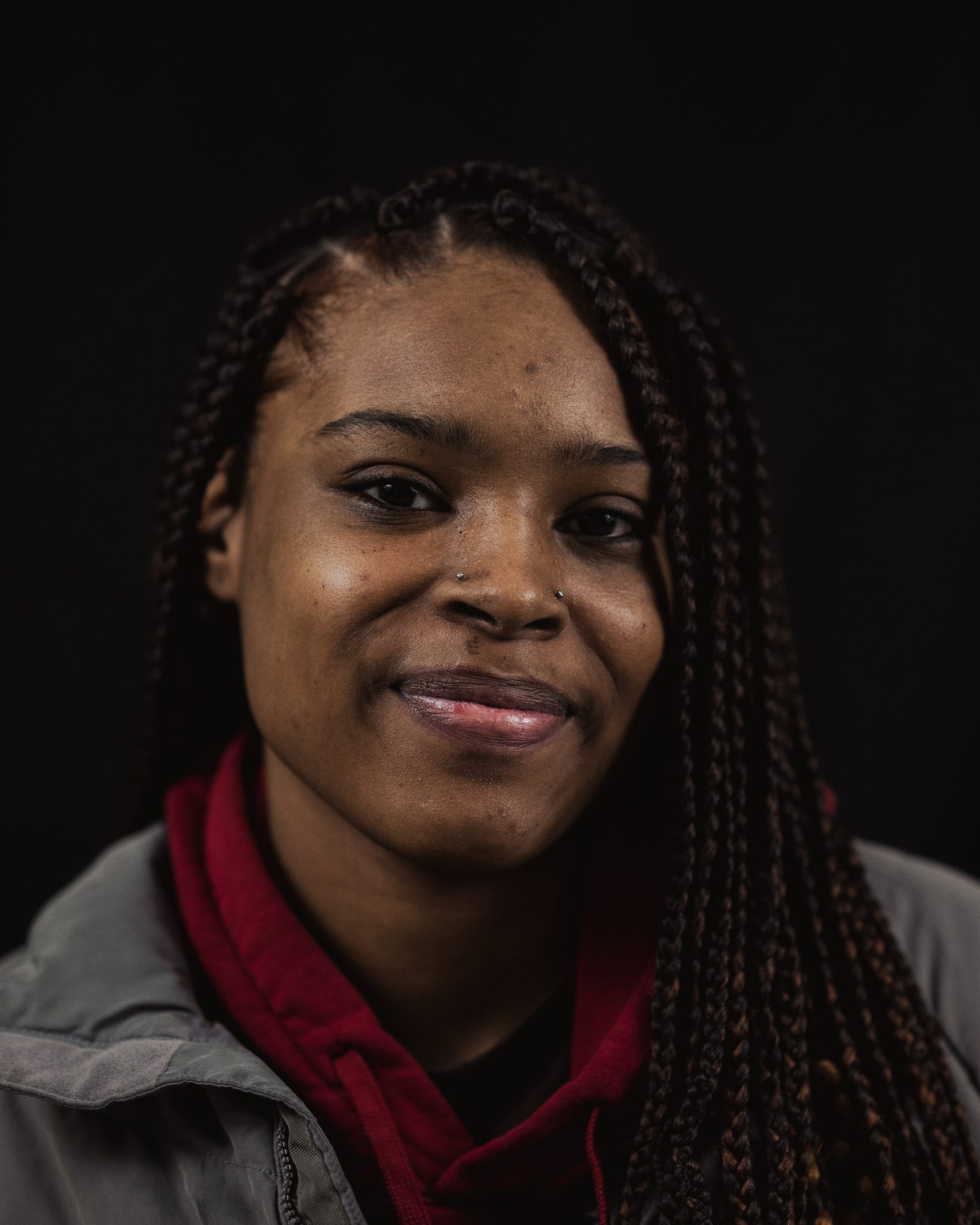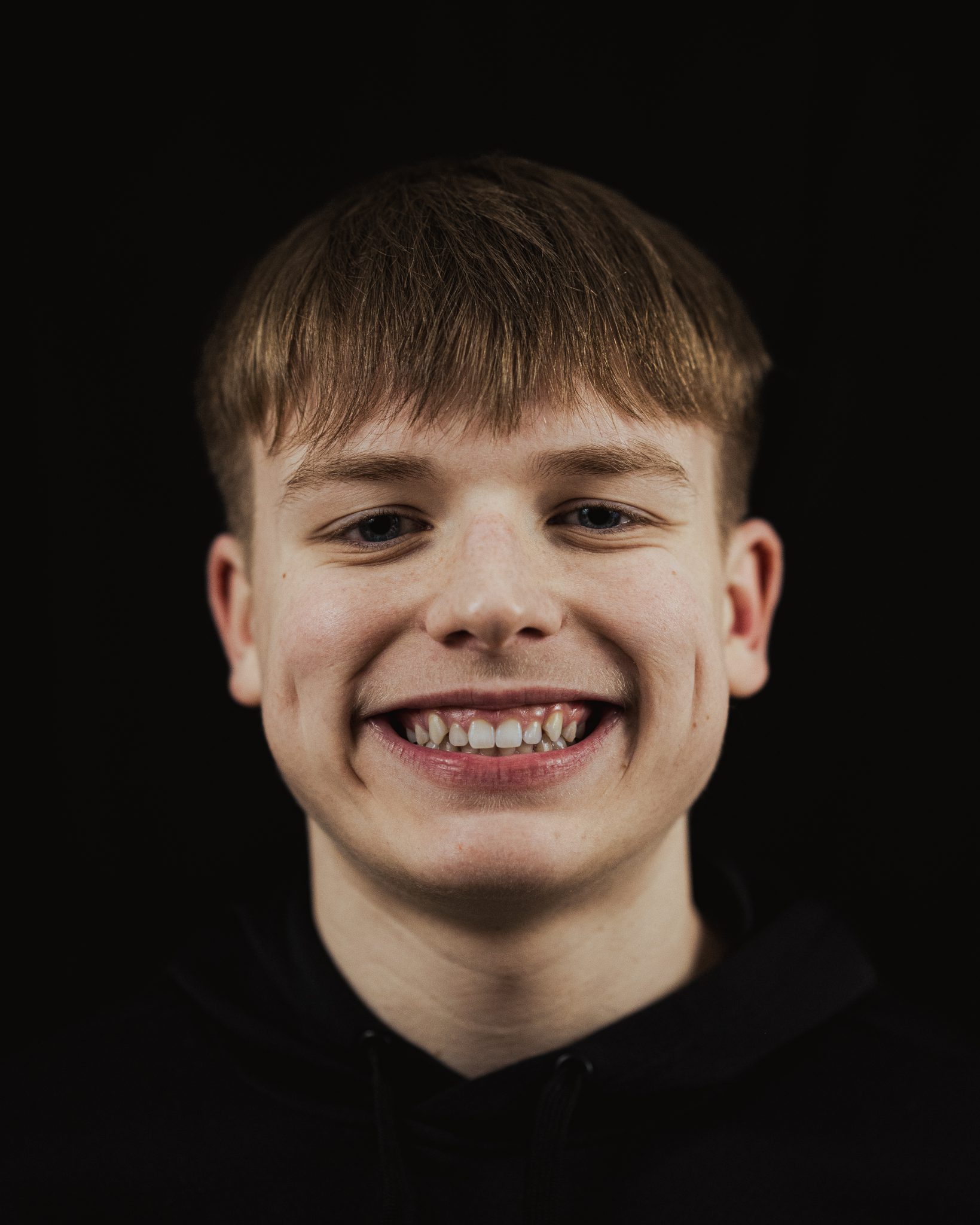By Kiannah Wierzchowski, Staff Writer & Illustrator

Six minutes remained in the first quarter as Damar Hamlin, a Bill’s defensive player, tackled a Bengals receiver, and then dropped in the middle of the football field seconds later. The play seemed routine and comparatively non-violent, Hamlin even quickly rose to his feet after the tackle.
Hamlin was down for about 20 minutes receiving medical attention, requiring CPR and an AED and then rushed off in an ambulance. As of this writing Damar Hamlin has been released from the University of Cincinnati Medical Center’s intensive care unit, and is now back in Buffalo, New York.
Now developing into the most watched “Monday Night Football” game since 2006 with almost 24 million viewers, it isn’t hard to find reactions anywhere. So, I looked to Indian Trail students, football players, and athletes for their thoughts on the Damar Hamlin story.
Among many football players and other student athletes who responded to my survey, 70 percent said they watched the incident live, and their reactions were very consistent all around–many described themselves as “shocked.”
“My initial reaction to it was alarming. I thought he was gone for good,” stated Tejanyia Watkins, a track athlete at Indian Trail.

Confusion and worry seemed to be the common consensus. Grant Cornell, a senior on IT’s varsity basketball team said, “My heart sank because no athlete ever wants to hear about injuries.”
As Damar was rushed into the ICU, the Bills-Bengals game was postponed (and later canceled entirely). His teammates remained traumatized, afraid, tears streaming down their cheeks as their teammate— friend was taken off. No one knew what happened, or why. With no true explanation, people were left to wonder “Who’s next?” since it seemed this could happen to anyone.
On a scale of one to ten, survey respondents were asked to rate how much this case had made them think about their health: With ten being “[The Hamlin case] makes me think about my health a lot”, 71 percent of students marked a seven or eight out of ten, all of those students being athletes themselves.
Aiden Cipolletti, one of Indian Trail’s varsity football wide receivers said, “It [The Damar Hamlin case] made me realize that kind of thing can happen to me at any moment while I am playing, so it has taught me not to take football for granted because it can be taken away in a split second.”
Offensive lineman, Jonathan Schroeder said, “I try not to think about my health while I am playing sports because if you play like you don’t want to get hurt you will get hurt more. The most important thing is to not play scared.” These two players share the ideology of not taking the sport for granted. They feel that an incident like this can happen to anyone, so they just play as they would any other day even after hearing about the Hamlin incident.
Hamlin remained in the hospital for 9 days after the incident, where he remained on oxygen support. The process was frightening for his friends and family, but despite how intense the situation was, he grew better, making progress each day. Now back to conditioning with teammates, everyone hopes that the case is over for him.
My survey ended with the question “Should high school athletics make efforts to protect their players from serious injury?” Claire Koch, an Indian Trail athlete believed so: “Yes, all sports should work to prevent injury, especially when the players are young.” In contrast, senior Adan Estrada believed that injuries just happen: “It’s sports, regardless of what you do there are going to be injuries.”

But Jonathan Schroeder believes the answer to the protection question is somewhere in the middle: “Yes they [high school athletics] should [be careful] because health is the number one priority in any sport. especially for high school because we have our whole life ahead of us and we don’t want a freak accident to ruin our entire life. But if anyone signs up for sports they will have to know the risk of getting injured even if the possibility is low it is still not zero.”
“Would you know how to help someone who was experiencing cardiac arrest?” was the final question students answered. In the first moments of Damar experiencing cardiac arrest, he received chest compressions and CPR for 20 minutes from on-site medics. And while these students aren’t medical professionals, knowing how to perform CPR could save someone’s life. Shockingly, all the interviewees stated that they didn’t know CPR. This might be an opportunity in the future due to CPR’s effectiveness and simplicity. Hamlin was saved due to those on-hand who knew how to perform it.
Jonathan Schroeder summed it up well here: “I think it was awesome to see everyone support him as most people would not be able to recover as fast as Damar did. And I think it was amazing how fast the medical staff responded to the situation. They knew what to do and it saved Demars life.”
Damar is now back in great condition, the worry for him seems to be over. Even so, those who partake in athletics (football players especially) have been presented with the question, “Who’s next?” The idea and situation are very stressful for some, but others don’t see it as a top priority. Regardless, most seem to think this was a shocking moment in sports history. But having a fearful mentality when going into sports isn’t going to help you. Staying cautious, healthy, and smart while playing and practicing will help you in the long run.
